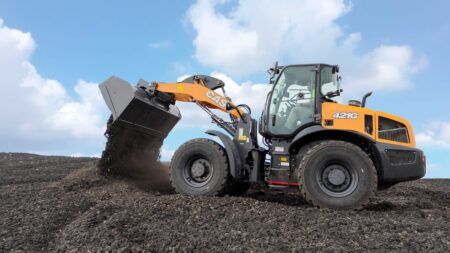Hamm is developing self-driving compactors that will notably increase performance quality and efficiency, and which are expected to be among the first compactors to include the technology.
Trials, currently underway on a test track at the Tirschenreuth factory in Germany, have clocked up over 10,000 hours so far but are not expected to lead to fully autonomous, production-ready rollers for several years.
Despite this, Hamm CTO Dr Stefan Klumpp is confident that progress in the autonomous technology is much further ahead than other construction machines: “Rollers for asphalt and soil compaction will be among the first vehicles in which such systems will widely establish themselves. This is because, in many respects, they are closer to cars than many other types of machine are. This is why we have been dealing with this subject for some time at Hamm.
“We know of no other company in our industry with a self-driving roller. Our investigations have shown that such rollers enable our customers to increase compaction quality and efficiency.”
The project to develop a driverless roller has already seen engineers consider and evaluate technical, construction and economic aspects. The team has discovered that the vehicle would require significant numbers of sensors to monitor not just the area surrounding the vehicle but also the compaction parameters as well. Connecting these requirements together, Hamm believes that this could open up new construction possibilities, including larger drum diameters or water tanks and more space for the battery of electrically-powered versions.
Klumpp added, “We think that, even in 50 years, we will still need and construct asphalt and concrete roads. However, to take a step closer to self-driving machines, the general environment must change, including the construction processes. So that we can continue to leverage potential through automation, we would have to introduce, for example, larger construction sections and more standardization in road construction. In turn, this requires a change in thinking among planners and construction companies.”
April 28, 2017




